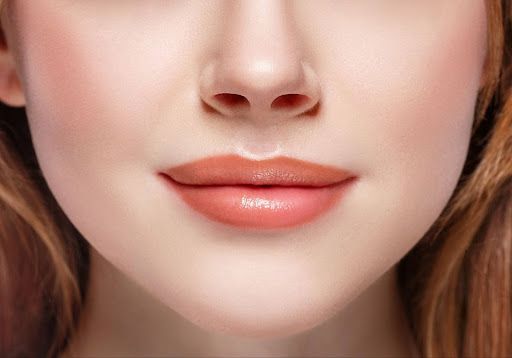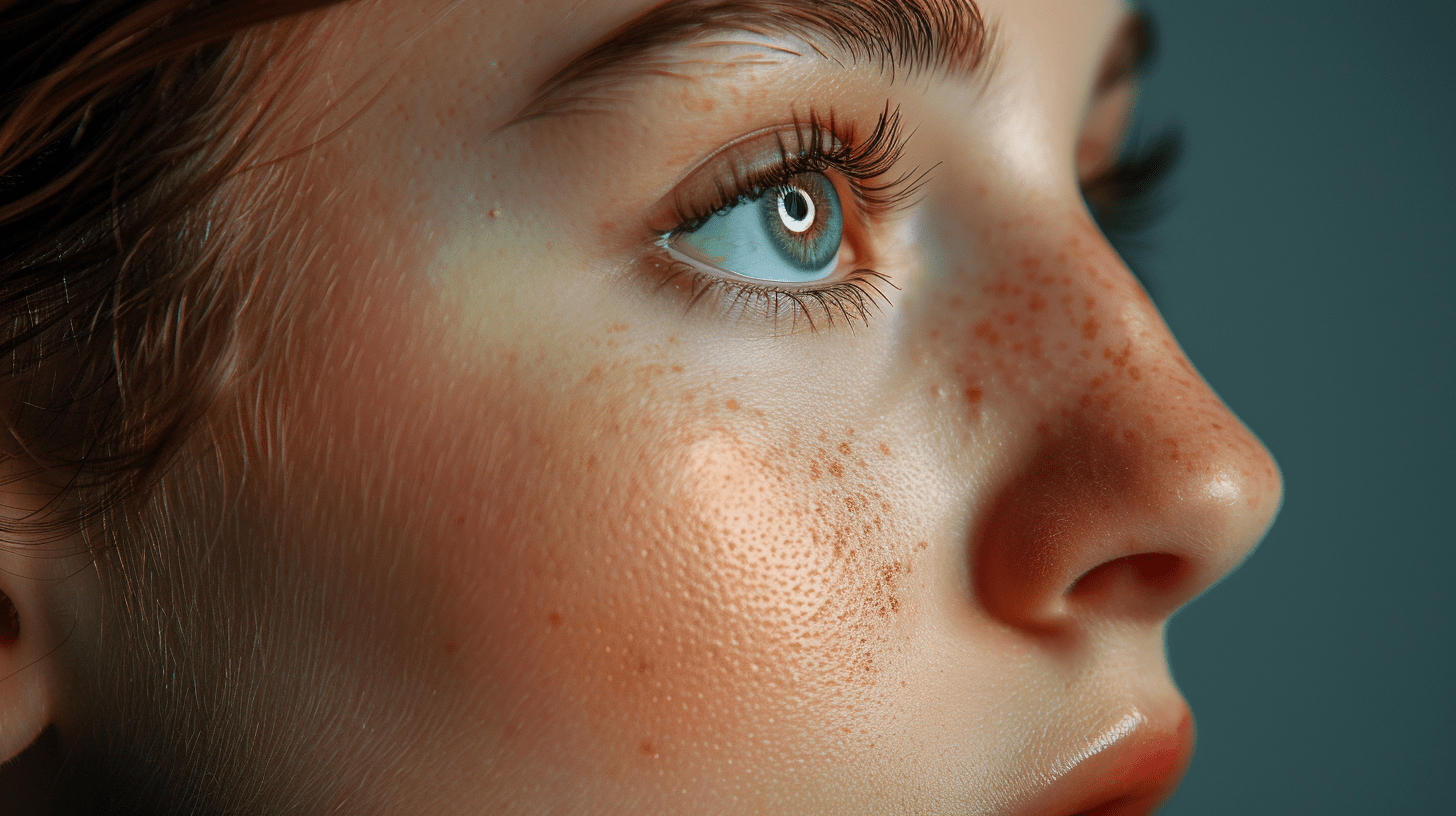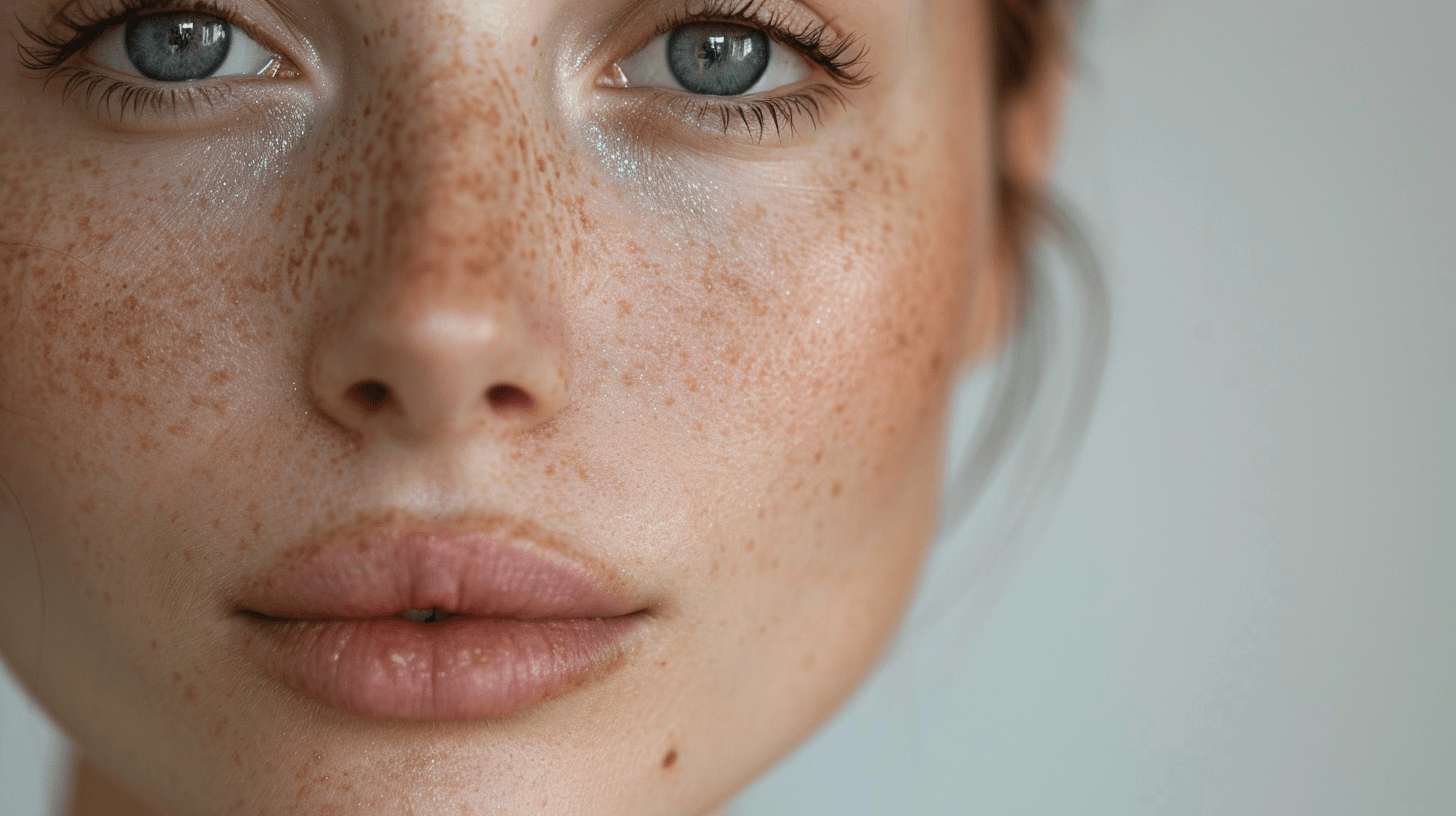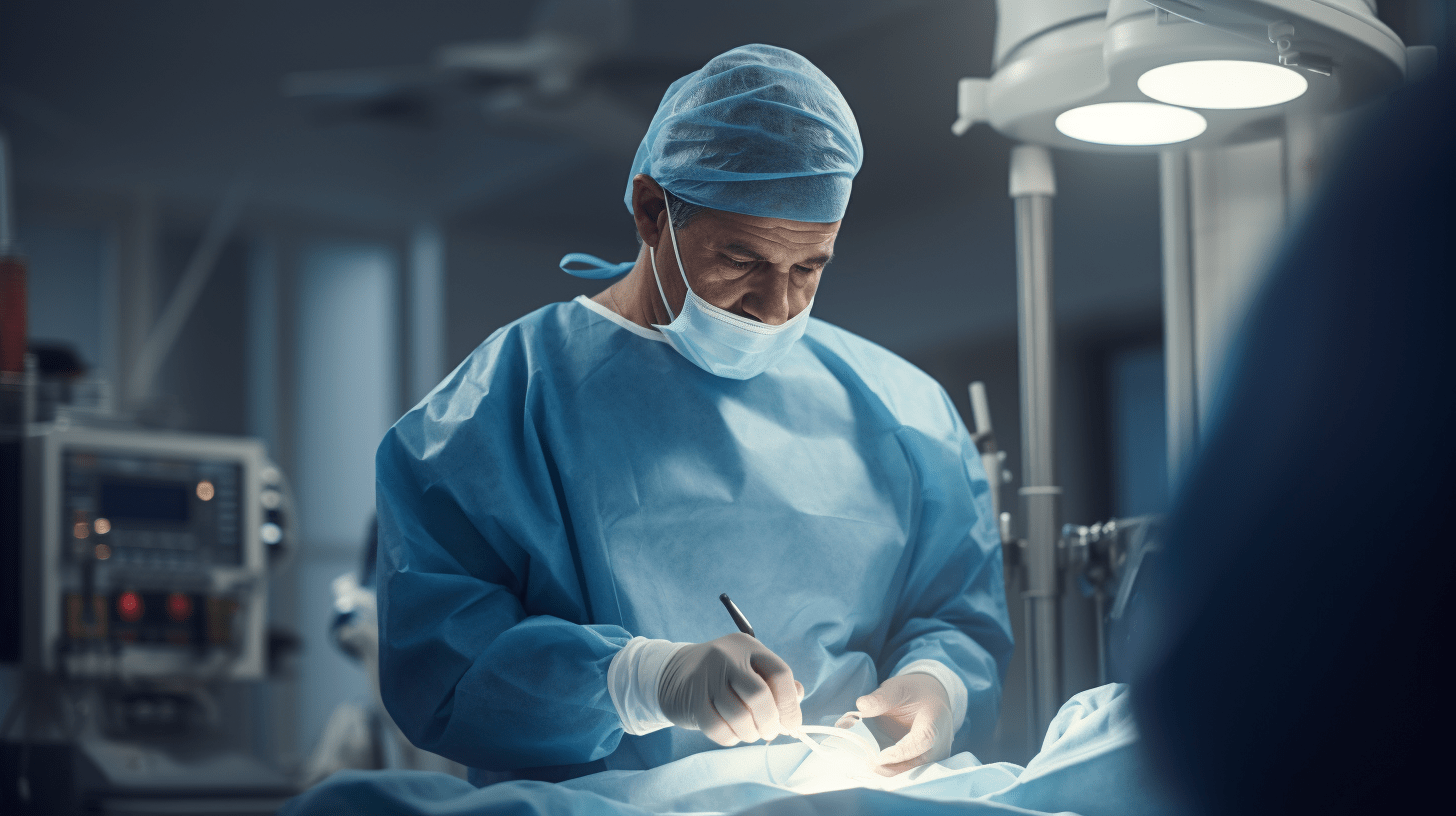Are Sinus Infections Contagious?
What Is a Sinus Infection?
A sinus infection, medically referred to as sinusitis, is an inflammation or swelling of the tissue lining the sinuses. Healthy sinuses are filled with air, but when they become blocked and filled with fluid, germs can grow and cause an infection. Sinus infections can be caused by a variety of factors including viruses, bacteria, fungi, or allergens. The common cold is often a precursor to sinusitis, leading to congestion and creating a breeding ground for infection.

What Are The Types of Sinus Infections?
Sinus infections can be categorized based on their cause and duration, involving either viral, bacterial, or fungal elements, as well as the immune system’s response:
- Viral Sinus Infections: Often triggered by a common cold, viral sinusitis is the most frequent type and typically lasts less than four weeks. The infection usually begins with a virus that inflames the sinus cavities, and while it can cause discomfort, it often resolves on its own as the immune system fights off the virus.
- Bacterial Sinus Infections: If a sinus infection persists beyond 10 days or worsens after an initial improvement, it may develop into bacterial sinusitis. This type occurs when bacteria take hold in the sinus cavities, often following a viral infection. Bacterial sinusitis typically requires antibiotics for effective treatment.
- Fungal Sinus Infections: Although less common, fungal infections can affect the sinuses, particularly in individuals with weakened immune systems. These infections can become chronic and are more challenging to treat, often requiring specialized antifungal medications or surgical intervention.
- Chronic Sinusitis: This condition persists for more than 12 weeks and can be caused by ongoing inflammation, bacterial or fungal infections, or structural issues within the sinus cavities. Chronic sinusitis often requires a combination of treatments to manage symptoms and prevent recurrence.
- Recurrent Sinusitis: Characterized by multiple episodes of acute sinusitis within a year, recurrent sinusitis suggests an underlying problem, such as an impaired immune system or structural abnormalities in the sinus cavities, which may need to be addressed to prevent future infections.
Is Sinusitis Contagious?
Sinusitis itself isn’t directly contagious, but the cold symptoms that often lead to acute sinus infections can be. If your sinusitis is caused by a viral infection, such as a cold, you can spread the virus to others through coughing, sneezing, or close contact with sick people. Although an infected person can transmit the virus, the actual sinus infection—marked by sinus pressure, post-nasal drip, and inflammation—cannot be passed from person to person.
Bacterial and fungal sinus infections, including allergic sinusitis, are less common and generally not contagious. However, secondary infections, like an ear infection, can develop from untreated sinusitis. To reduce the risk of spreading viruses that can lead to sinusitis, it’s important to practice preventive measures, stay hydrated by drinking plenty of fluids, and consult healthcare professionals if symptoms persist.
What Are The Signs and Symptoms of Sinusitis
The signs and symptoms of sinusitis can vary depending on whether the condition is acute or chronic, as well as the severity of the infection. Below is a detailed overview:
Common Signs and Symptoms of Acute Sinusitis
Acute sinusitis often develops as a complication of a cold or other respiratory infection. The symptoms typically appear suddenly and may include:
- Facial Pain or Pressure: One of the most common symptoms is a feeling of pain or pressure in the face, particularly around the nose, eyes, and forehead. This pain can be sharp or throbbing and may worsen when bending forward.
- Nasal Congestion: Acute sinusitis often leads to a blocked or stuffy nose, making it difficult to breathe through your nose. This congestion can cause discomfort and a feeling of fullness in the face.
- Thick Nasal Discharge: The nasal discharge in sinusitis is usually thick and discolored, often yellow or green. This mucus may drain down the back of the throat, leading to a sore throat or cough.
- Reduced Sense of Smell and Taste: Congestion and inflammation can reduce your ability to smell and taste, which is common with sinus infections.
- Cough: A persistent cough may develop, particularly at night, as mucus drains down the back of the throat (postnasal drip). This can also lead to throat irritation.
- Headache: Sinus infections can cause headaches, particularly in the forehead or around the eyes. The pain may intensify in the morning or when the weather changes.
- Fever: A mild to moderate fever is common with acute sinusitis, indicating that the body is fighting an infection.
- Bad Breath (Halitosis): Sinusitis can lead to bad breath, often due to the accumulation of mucus in the nasal passages.
- Fatigue: The body’s effort to fight off the infection can lead to feelings of tiredness and general malaise.
Signs and Symptoms of Chronic Sinusitis
Chronic sinusitis is characterized by symptoms that last for more than 12 weeks. The symptoms can be less intense than acute sinusitis but are more persistent and may include:
- Persistent Nasal Congestion: Chronic sinusitis often causes ongoing nasal congestion that can be difficult to clear, leading to long-term breathing difficulties.
- Thick Nasal Discharge: Similar to acute sinusitis, chronic sinusitis can produce thick, discolored mucus that may persist for months.
- Facial Pain or Pressure: The facial pain or pressure experienced in chronic sinusitis is often less severe than in acute cases but is persistent and can be a constant source of discomfort.
- Reduced Sense of Smell: The sense of smell may be significantly impaired in chronic sinusitis, and this symptom can be long-lasting.
- Cough and Throat Irritation: A chronic cough, particularly worse at night, can persist due to continuous postnasal drip. This ongoing drainage can irritate the throat and lead to a chronic sore throat.
- Fatigue: Chronic sinusitis can cause ongoing fatigue and a general feeling of being unwell, impacting daily activities and quality of life.
In some cases, sinusitis can escalate into more serious symptoms, indicating possible complications or a chronic infection. These severe symptoms require immediate medical treatment and may include:
- Severe Headache: An intense headache that doesn’t respond to typical pain relievers may suggest that the chronic sinus infection has spread beyond the sinuses, increasing the risk of infection in other areas.
- Swelling Around the Eyes: Swelling or redness around the eyes can be a sign that the infection is spreading to the eye socket, which is a medical emergency and requires prompt attention.
- High Fever: A high fever (above 101°F or 38.5°C) in combination with other symptoms may indicate a more serious, chronic infection that necessitates urgent medical treatment.
- Vision Changes: Blurred or double vision, or any other visual disturbances, could suggest that the infection is affecting the eye area, increasing the risk of complications.
- Neck Stiffness: Stiffness in the neck, especially if accompanied by headache or light sensitivity, could be a warning sign of a serious condition like meningitis, requiring immediate medical intervention.
Recognizing these signs and symptoms is crucial for identifying when a sinus infection becomes severe. If you experience any of these symptoms, it’s important to seek medical treatment right away to prevent further complications.
Treatment Options for Sinus Infections
Treatment options for sinus infections, or sinusitis, vary depending on the severity and duration of the symptoms, as well as the underlying cause of the infection. Here’s a detailed look at the different treatment approaches:
Home Remedies for Sinus Infections
For mild sinus infections, particularly those caused by a virus, home remedies can be effective in managing symptoms and promoting recovery:
- Steam Inhalation: Inhaling steam helps to moisten the sinuses, loosen mucus, and ease congestion. You can use a bowl of hot water with a towel over your head, or take a hot shower to achieve this effect.
- Warm Compresses: Applying a warm compress to the face, especially over the sinuses, can reduce pain and pressure. It also helps to open the nasal passages and alleviate discomfort.
- Saline Nasal Sprays: Saline sprays help to rinse the nasal passages, reducing congestion and clearing out allergens or irritants. They are safe to use regularly and can be particularly helpful in chronic sinusitis.
- Rest and Hydration: Getting plenty of rest allows your body to fight off the infection more effectively. Drinking fluids, such as water, herbal teas, and clear broths, helps to thin mucus, making it easier to drain.
- Humidifiers: Using a humidifier adds moisture to the air, which can prevent the sinuses from drying out and becoming irritated. This is especially useful in dry climates or during winter when indoor air tends to be drier.
Over-the-Counter Medications For Sinus Infections
For additional symptom relief during a sinus infection, over-the-counter (OTC) medications can be effective:
- Decongestants: These medications help reduce sinus pain and congestion by narrowing blood vessels in the nasal passages. Decongestants are available in oral form or as nasal sprays. However, nasal sprays should not be used for more than three days, as overuse can lead to rebound congestion.
- Pain Relief: Nonsteroidal anti-inflammatory drugs (NSAIDs) like ibuprofen or acetaminophen can provide pain relief by reducing inflammation associated with sinus infections. They are particularly helpful for easing sinus pain, headaches, and facial discomfort.
- Allergy Medications: If your sinusitis is triggered by allergies, antihistamines can help manage symptoms by reducing the allergic response. During allergy season, these medications can alleviate sneezing, runny nose, and other symptoms caused by allergy triggers. Additionally, allergy shots (immunotherapy) can be considered for long-term management of allergy-related sinusitis.
By managing symptoms with these medications, you can reduce discomfort and potentially minimize the spread of infections by limiting contact with people during peak illness times.
Prescription Medications For Sinus Infections
If your sinus infection is more severe, persistent, or caused by bacteria, a healthcare provider may prescribe stronger medications:
- Antibiotics: Antibiotics are prescribed for bacterial sinus infections, especially if symptoms last longer than 10 days or are particularly severe. It’s important to complete the full course of antibiotics as prescribed, even if symptoms improve before finishing the medication.
- Nasal Corticosteroids: These prescription sprays help to reduce inflammation in the nasal passages and sinuses. They are often used for chronic sinusitis or in cases where nasal polyps are present. Examples include fluticasone, budesonide, and mometasone.
- Oral or Injectable Steroids: In more severe cases, especially with chronic or recurrent sinusitis, oral or injectable steroids may be prescribed to reduce severe inflammation. However, these are typically used for short periods due to potential side effects.
- Immunotherapy: For chronic sinusitis linked to allergies, immunotherapy (allergy shots) may be recommended. This treatment involves exposing the patient to gradually increasing amounts of the allergen to build tolerance and reduce allergic reactions.
Surgical Options For Sinus Infections
If sinusitis is chronic or recurrent and does not respond to medical treatments, surgery may be considered:
- Endoscopic Sinus Surgery: This minimally invasive surgery involves using an endoscope to remove blockages, such as nasal polyps or bone spurs, that prevent the sinuses from draining properly. This procedure is usually done on an outpatient basis.
- Balloon Sinuplasty: A balloon catheter is inserted into the sinus passages and inflated to widen the sinus openings, improving drainage and relieving chronic symptoms. This is also a minimally invasive option with a shorter recovery time compared to traditional surgery.
- Functional Endoscopic Sinus Surgery (FESS): FESS is a more advanced surgical procedure that may be needed for severe cases. It involves removing diseased tissue, correcting structural problems, and restoring proper sinus drainage.
Find Out If Surgery Could Benefit You
When to seek medical care
Most sinus infections can be managed at home, but certain situations require medical attention:
- Symptoms That Require Immediate Attention: If you experience severe headaches, swelling around the eyes, high fever, or vision changes, seek medical care immediately. These could be signs of a serious complication.
- Chronic or Recurrent Sinus Infections: If you have frequent or long-lasting sinus infections, it’s important to consult a healthcare provider. You may need specialized treatment or evaluation for underlying conditions.
- Potential Complications of Untreated Sinusitis: Untreated sinusitis can lead to complications such as chronic sinusitis, infections that spread to the eyes or brain, or other serious health issues. Timely treatment is crucial to avoid these risks.
By understanding sinus infections, their types, symptoms, and treatment options, you can take proactive steps to manage the condition and seek medical care when necessary. Sinus infections are common, but with the right approach, most cases can be effectively treated and managed.
See Before and After Sinus Surgery Photos on Instagram
Schedule an Appointment with the #1 Facial Plastic Surgeon in NYC
With dual board certifications in Facial Plastic & Reconstructive Surgery and Head & Neck Surgery, Dr. Mourad offers advanced surgical procedures with a personalized approach. His expertise encompasses a wide range of conditions affecting the head, neck, and entire facial area.
Whether it’s addressing nasal issues like rhinoplasty or sinus problems, or enhancing facial aesthetics with facelifts or eyelid lifts, Dr. Mourad’s commitment to excellence ensures top-quality care for every patient. Contact our office today to schedule a consultation and discover how Dr. Mourad can help you achieve your aesthetic goals.
















